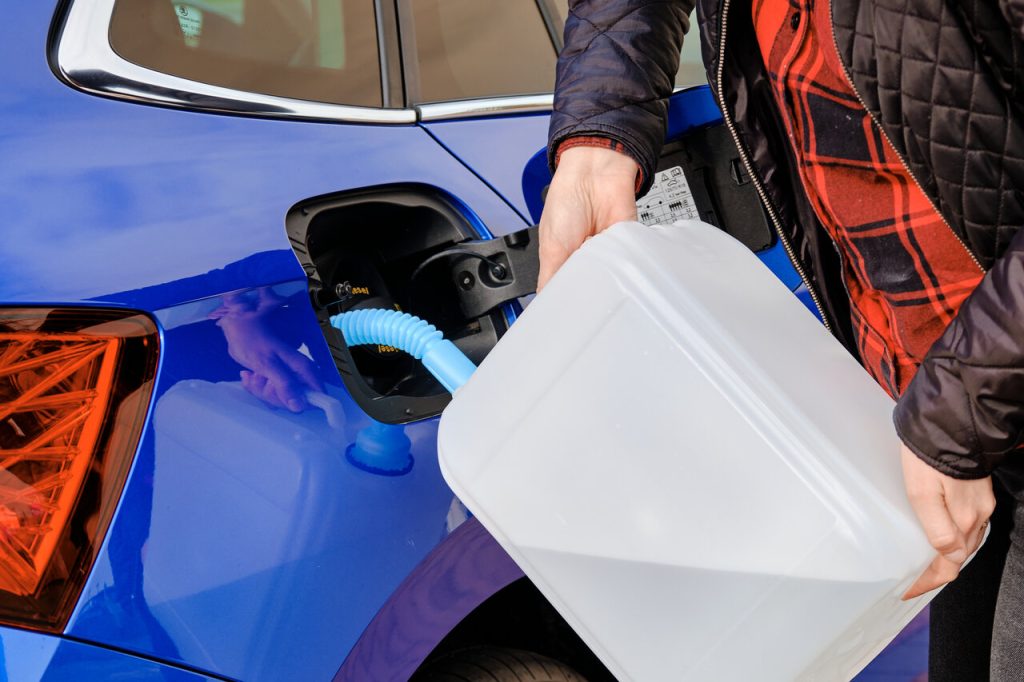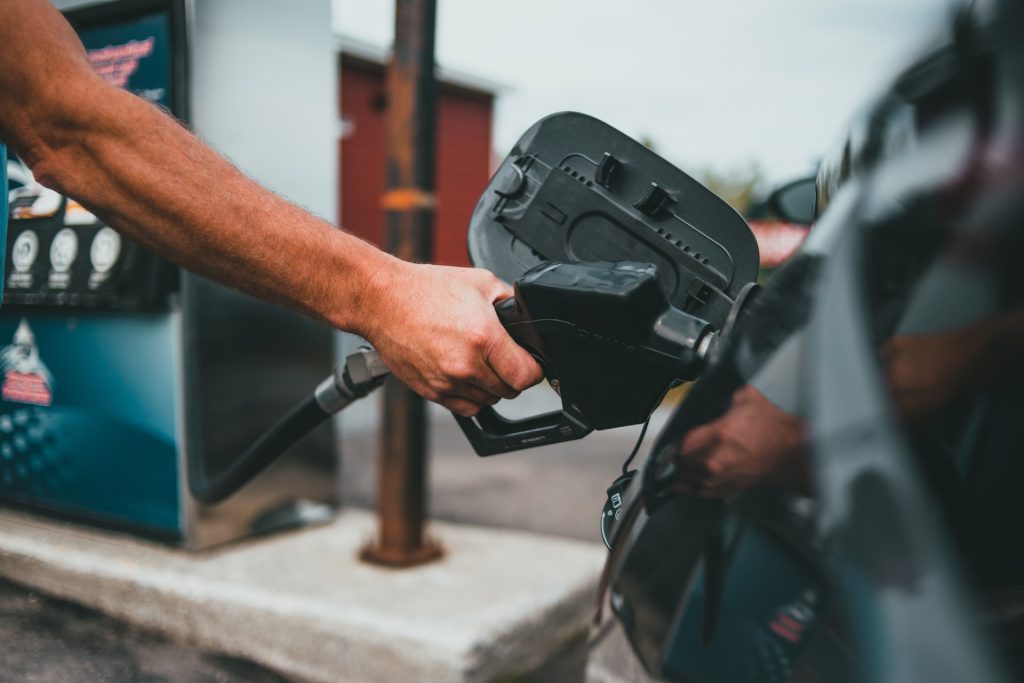As the world becomes more conscious about the environment and the need to reduce carbon emissions, manufacturers of commercial vehicles have introduced AdBlue technology. AdBlue is a liquid solution used to reduce the harmful gases emitted by diesel engines. A mixture of urea and deionised water is injected into the exhaust system to convert harmful nitrogen oxides into harmless nitrogen and water. While AdBlue technology has been widely adopted, there are still many misconceptions about its use.
Here are some dos and don’ts of using AdBlue.
Dos:
1. Use the Right Adblue Solution
AdBlue is a specific solution that is designed to work with diesel engines. It is important to use the right solution to ensure that the AdBlue system functions correctly. Using the wrong solution can damage the system and cause costly repairs.
2. Follow the Manufacturer’s Guidelines
Each vehicle manufacturer has its guidelines for using AdBlue. It is important to follow these guidelines to ensure that the AdBlue system functions correctly and avoids unnecessary repairs.
3. Keep the Adblue Tank Topped Up
The AdBlue tank should be topped up to ensure the system functions correctly. The tank should be refilled when it reaches the minimum level indicated on the dashboard.
4. Store the Adblue Correctly
AdBlue should be stored in a cool, dry place. It should not be exposed to direct sunlight or extreme temperatures. AdBlue should be stored in a sealed container to prevent contamination.
5. Use a Funnel When Refilling the Adblue Tank
When refilling the AdBlue tank, use a funnel to avoid spillages. Spilt AdBlue can damage the paintwork on the vehicle and can also cause damage to the AdBlue system.
Don’ts
1. Use Adblue as a Fuel Additive
AdBlue is not a fuel additive and should not be added to the fuel tank. Adding AdBlue to the fuel tank can cause damage to the engine and the AdBlue system.
2. Dilute Adblue with Water
AdBlue should not be diluted with water. Diluting AdBlue can cause damage to the AdBlue system and can also cause harmful gases to be emitted from the exhaust.
3. Mix Different Brands of Adblue
Different brands of AdBlue can have different chemical compositions. Mixing different brands of AdBlue can cause damage to the AdBlue system and can also cause harmful gases to be emitted from the exhaust.
4. Allow the Adblue Tank to Run Dry
Allowing the AdBlue tank to run dry can cause damage to the AdBlue system and can also cause harmful gases to be emitted from the exhaust. The AdBlue tank should be refilled when it reaches the minimum level indicated on the dashboard.
5. Overfill the Adblue Tank
Overfilling the AdBlue tank can cause damage to the AdBlue system and can also cause harmful gases to be emitted from the exhaust. The AdBlue tank should be refilled to the maximum level indicated on the dashboard.
Conclusion
By following the dos and don’ts of using AdBlue, vehicle operators can ensure that their vehicles are environmentally friendly and comply with regulations. It is important to remember that AdBlue is not a fuel additive and should be used by the manufacturer’s guidelines.
If you’ve accidentally put the wrong fuel in your car, Fuel Fixer’s mobile units are on call across the UK to assist you in getting back on track quickly and safely. Whether you’ve mistakenly added AdBlue to your fuel tank or put petrol in a diesel car, our experienced specialists can fix the problem while you wait. Call us today!

